 Tucker Carlson, Ben Shapiro, and the Test of True Friendship
Tucker Carlson, Ben Shapiro, and the Test of True Friendship
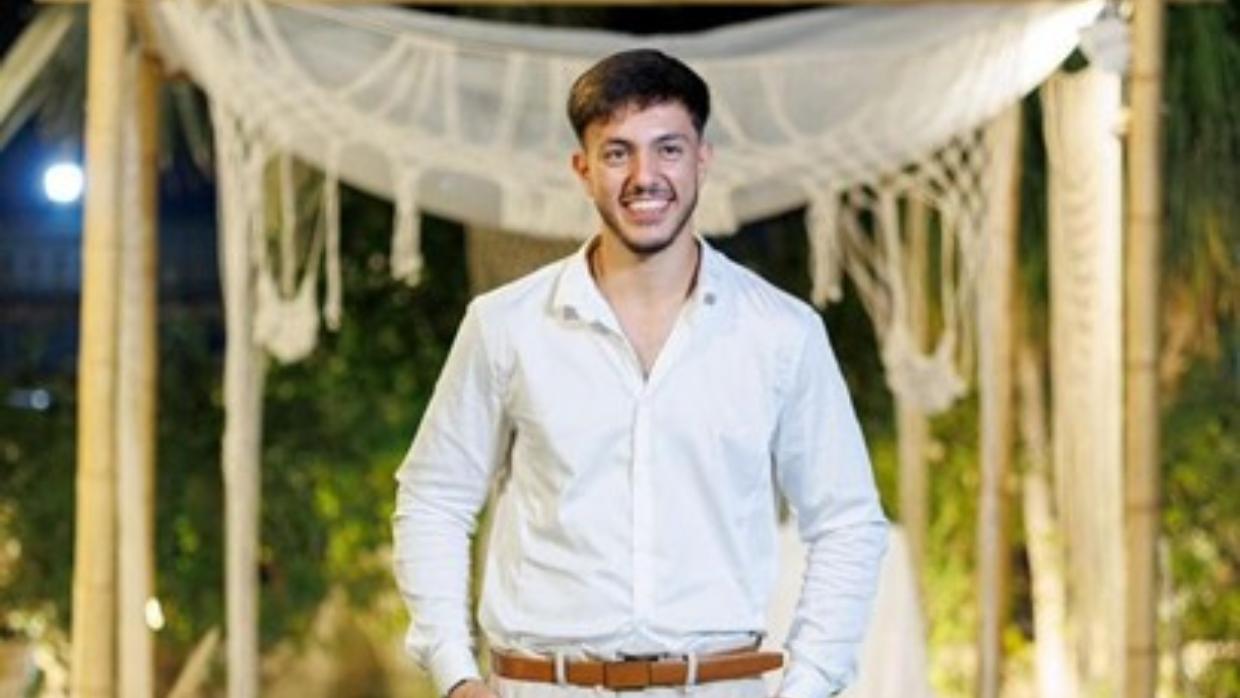

6 min read
8 min read
Six months after losing her son in battle on October 7th, midwife Galit Nachmias faced an unimaginable test — helping deliver the child of a terrorist’s family.
When Galit Nachmias, a midwife at Soroka Hospital in Be’er Sheva and mother of four, went to work the night shift on the evening of October 6th, 2023, she didn’t expect that within a few hours, her quiet farming village in southern Israel would turn into a battlefield.
The Nachmias family has lived for the past 17 years in Moshav Yesha, a few miles from the Gaza border, home to a warm, close-knit community, and a wonderful place to raise a family. Galit’s husband, Oded, is a car mechanic who owns a garage in a nearby kibbutz.
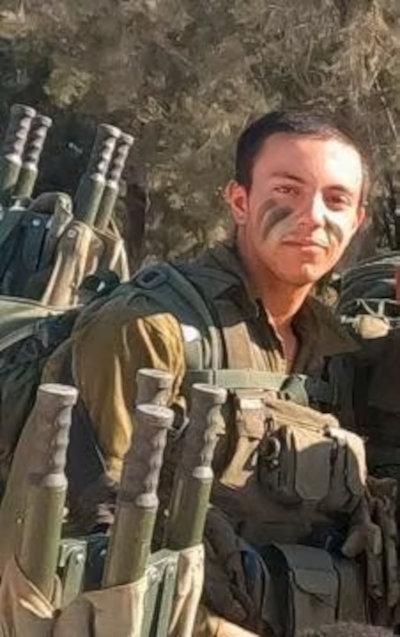 Itay Nachmias
Itay Nachmias
On October 6th, the Nachmias family celebrated Simchat Torah together with Galit’s sister and her family. Early the next morning, while Galit was at work, sirens woke up her husband and children at home. Three children were home: 24-year-old Or, 20-year-old Itay, a soldier home for the holiday, and 16-year-old Shelly. The oldest, Aviv, was in Be’er Sheva with his wife.
Living in the Gaza Envelope, the Nachmias family was used to sirens, but when the sirens continued almost non-stop, they understood that something out of the ordinary was going on.
From their safe room, they watched the messages popping up on their phones and realized that terrorists had infiltrated the area. Galit says, “Itay decided to go out and do something because he had a weapon. Oded tried to stop him.” When Itay found out the moshav had only two armed defenders and that they desperately needed help, he insisted on joining them.
The three of them joined two other armed men from the adjoining Moshav Mivtachim. The residents locked themselves in their safe rooms and in Moshav Mivtachim’s large synagogue, where many residents had gathered to celebrate Simchat Torah.
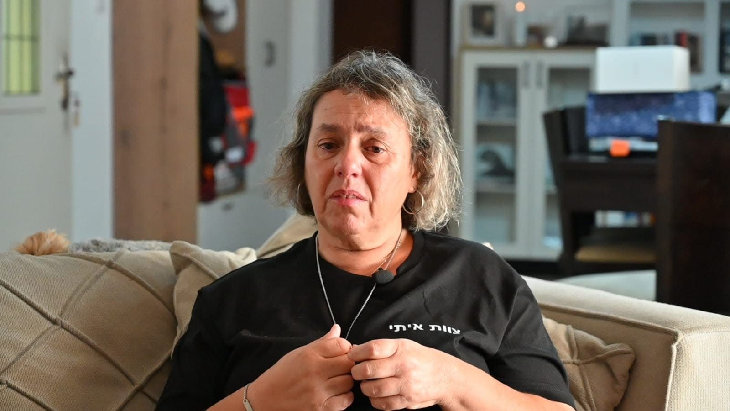 Galit Nachmias
Galit Nachmias
Five men were facing 25 armed and well-trained Hamas terrorists. They fought valiantly for over two hours, wounding and eliminating as many terrorists as they could. Sadly, the terrorists eventually murdered all five of them.
But the battle was not fought in vain. After the gunshots quieted down, the terrorists managed to get inside a local home, but they were too busy with their own dead and wounded to bother with the family in the safe room.
Within an hour, the terrorists stole a truck from a Thai farm worker, whom they murdered, loaded all their wounded and dead into the truck, and drove back into Gaza. Galit says that months later, the army found out that two of the 25 terrorists were high-ranking commanders, which explains why they went back to Gaza.
The rest of the residents of Yesha, Mivtachim, and five more surrounding communities survived. They owe their lives to the five heroic defenders.
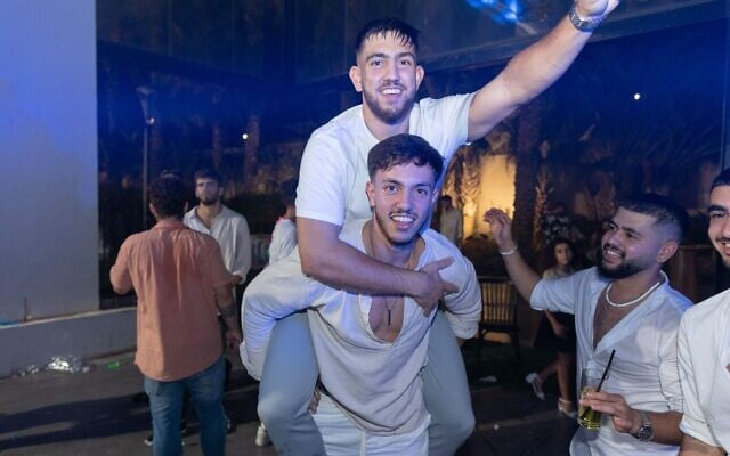 Itai (bottom), celebrating his brother’s wedding a week before October 7.
Itai (bottom), celebrating his brother’s wedding a week before October 7.
Galit’s son, Itay, was the youngest of the five heroes. “He was a trained soldier in a commando unit,” she says. “He knew what to do. The other four were regular people, in their forties or older. They were farmers, not soldiers.”
While Itay was battling terrorists, Galit was delivering babies at Soroka Hospital. When she finished her night shift, her husband advised her to stay in Be’er Sheva due to the situation.
Galit’s husband, Oded, was worried about Itay. After hours of unsuccessful attempts to reach Itay and the other four defenders by phone, Oded heard from a defender from another nearby moshav. He told him that he’d found five dead bodies next to the synagogue in Moshav Mivtachim. Oded understood that Itay was one of them.
Galit recalls, “He called me and said, ‘Come home quick! Itay is dead.’ That’s how I heard about my son.”
Together with her oldest son and daughter-in-law, Galit hurried home as fast as she could. “The three of us drove very fast,” she says. “Police tried to stop us but we told them what happened, and they just said, ‘Good luck!’”
Galit doesn’t remember much of the gruesome sights along the way. She vaguely recalls being shot at by terrorists and seeing burned down cars, with dead bodies of their passengers both inside and outside.
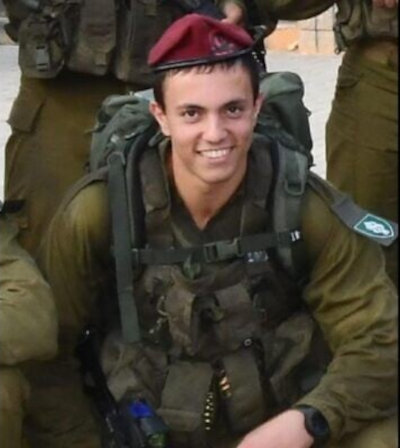
“I remember when we came to Mivtachim and found Oded lying on Itay,” she says. “Next to Itay were another two, and on the other side, the other two. It was very hard to see my boy, cold and injured. Dead.”
For some time, they deliberated what to do with the body. It was still unsafe to be out, with terrorists roaming throughout the Gaza Envelope. They didn’t want to leave the body without supervision because Hamas has been known to kidnap bodies of Israeli soldiers. They also didn’t want to bring the body into the house, so as not to traumatize their 16-year-old daughter.
In the end, Galit went home to be with her other children. Oded stayed with the body. Hours later, the army finally arrived and picked up all the bodies.
The army offered to bury Itay in the military cemetery in Jerusalem’s Mount Herzl, but the family wanted Itay to be buried closer to home because “he knew this place, he loved this place, and he fought and died on this land, so he should come home and be here,” says Galit.
Due to the security situation, the funeral was small and quick, “but he is home, where he loved to be,” says Galit.
Six months after she lost Itay, Galit experienced what she calls her greatest test. She walked into a delivery room and realized that the woman giving birth was the niece of the arch-terrorist Ismail Haniyeh.
Galit is used to having Arab women as her patients. About 70% of Soroka Hospital’s patients are Bedouin Arabs. Galit even speaks enough Arabic to communicate with them. But she had never before encountered a close relative of a known terrorist.
“My vision went black,” she recalls. “I stepped outside the room, took a deep breath, and asked myself why. Why was I in the same room with her? Why am I her midwife? But then I decided that they would not break me.”
Galit could have asked to switch with another midwife. “But I decided that if I switch, then Haniyeh would win,” she says. “Because this is my home. This is my work. She came to my home, so I must give her the best care and deliver her baby. It was hard. But I did it.”
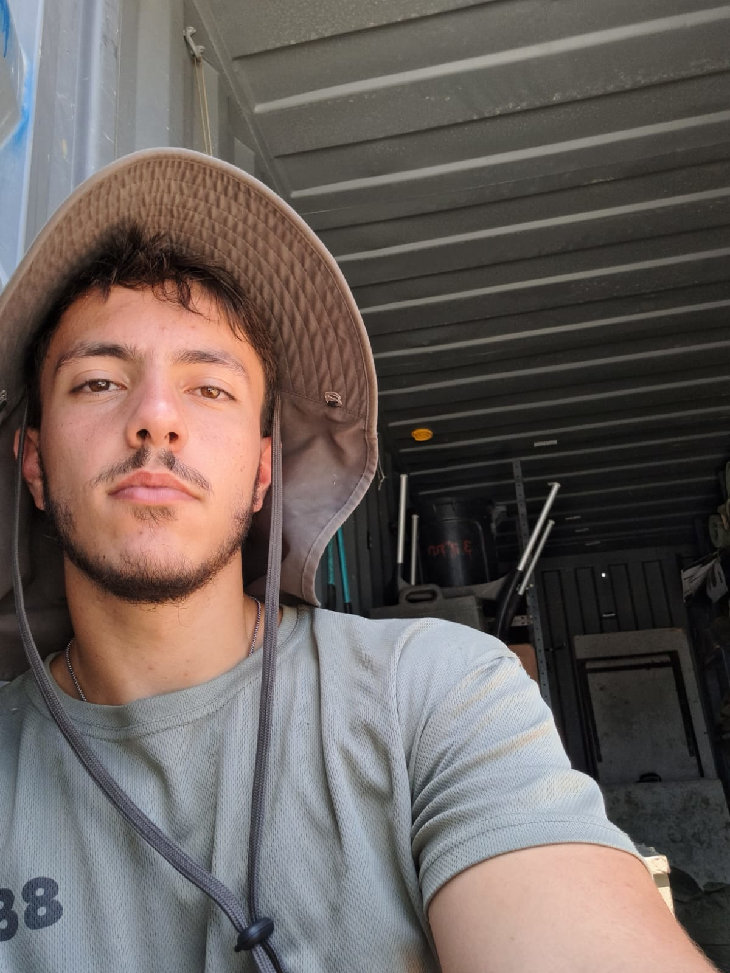 Itay
Itay
The only thing Galit prayed for while assisting the laboring woman was that the baby be a girl and not a boy who could grow up into a terrorist. Fortunately, it was a girl.
Throughout this experience, she felt that it was a test and she wanted to do her best. “I felt Itay with me,” she recalls, “saying, ‘You can do it!’ Because in life, you meet people you don’t want to meet. But I’m living here! I try to live quietly, to be a good person, to raise my children, and to stay here. This is our country!”
“Our family tries to do a lot in Itay’s memory,” Galit shares. “Every one of us is doing something different.”
Itay was a shy child. “We have many pictures of him not looking at the camera,” says Galit. Despite his shyness, he made a lot of friends. He worked very hard to get into a special unit in the army, where he served for two years. “He loved it, and he loved his team, and they loved him,” says Galit. “They miss him very much. All of us miss him. It’s hard. But Itay wanted to go out, to fight. He felt it was his duty. I am very proud of him.”
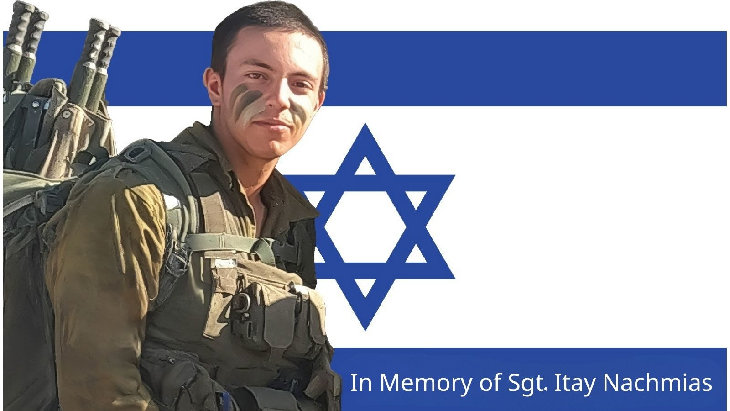
Growing up around his father’s garage, Itay loved to help his father and fix motorcycles and cars. Galit says, “His dream was to go to California and to participate in the King of the Hammers race in the desert. And we decided that now is the time to do it.”
King of the Hammers is an annual international off-road race that takes place every February on public lands in Johnson Valley, California. This year, Oded Nachmias will be one of the five-person team representing Israel. The vehicle will carry the Israeli flag and pictures of Itay. The other team members had not known Itay, but they heard his story, and they want to perpetuate his memory.
